|
|
|  DSH 6385 V1 y* p: I; x1 n9 h+ M DSH 6385 V1 y* p: I; x1 n9 h+ M
' _' O, v0 _2 `8 ^6 A3 M9 F$ k6 T | Resistance to heat and fire
+ f% H! S0 A. O1 W5 s | 30.2.3.1: m' `) l6 h" F# p$ T/ U0 l! I& `
| 60335-1(ed.4)& ^7 u! p, R( i' g& H# q3 L0 R0 o
|
) V6 Z- x ^ S
Question:* ~+ H4 { f9 U) d/ `1 X
Sub-clause 30.2.3.1 reads: "parts of insulating material supporting connections that carry a current exceeding 0,2 A during normal operation, and parts of insulating material within a distance of 3 mm of such connections, shall have a glow-wire flammability index of at least 850ºC according to IEC 60695-2-12, the test sample being no thicker than the relevant part" o9 i$ A+ {6 h. ]- y; U2 c
Certain motors, have a nominal current around 0,2 A (for example, the pump of a washing machine), but during a certain time (for instance, because changes in the load, or the in-rush current) the current exceeds the limit of 0,2 A.3 h+ N9 b, L$ P* s' N& [0 z& B
Shall the current in these periods of the motor be ignored, independently of its duration, in order to compare with the 0,2 A limit?) B0 i! E/ g# G8 Q9 r8 q7 v
Decision:! u; w. P; C3 @2 P
The current to be considered will be the average current in the relevant operating period.
: K6 Z2 W6 c; }: t. b- [
) t+ }! V7 I# G4 x% Y
M, m) {+ o5 H) i$ z3 ^4 z |
本帖子中包含更多资源
您需要 登录 才可以下载或查看,没有账号?注册安规
x
|



 窥视卡
窥视卡 雷达卡
雷达卡 发表于 2012-9-8 15:38
发表于 2012-9-8 15:38
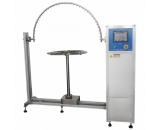

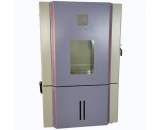



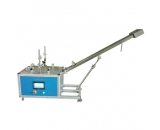

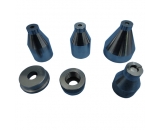






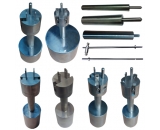
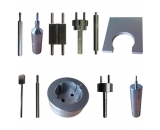
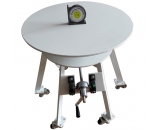
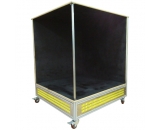

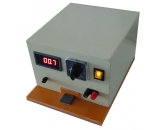
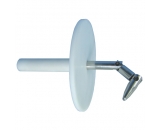
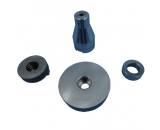
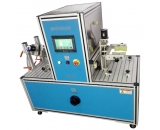
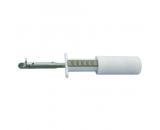
 提升卡
提升卡 置顶卡
置顶卡 沉默卡
沉默卡 喧嚣卡
喧嚣卡 变色卡
变色卡 抢沙发
抢沙发 千斤顶
千斤顶 显身卡
显身卡













